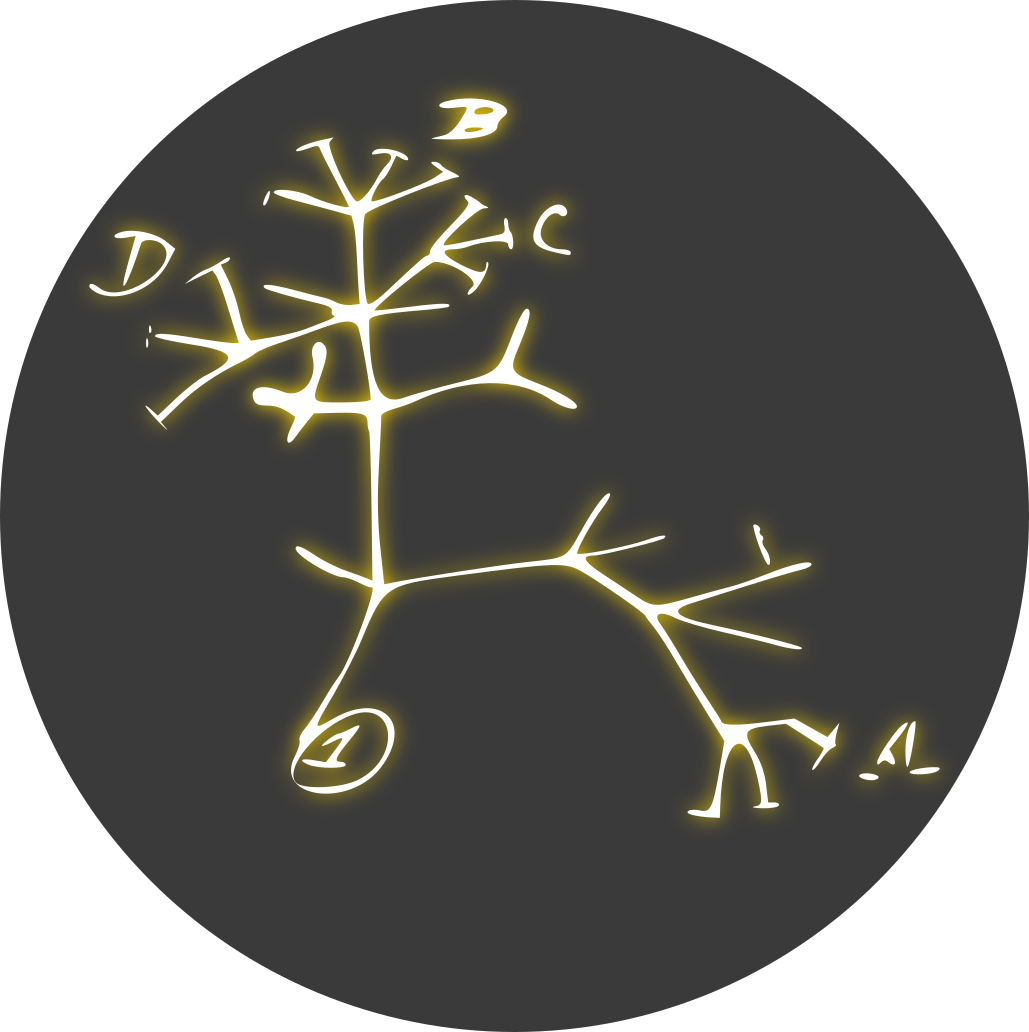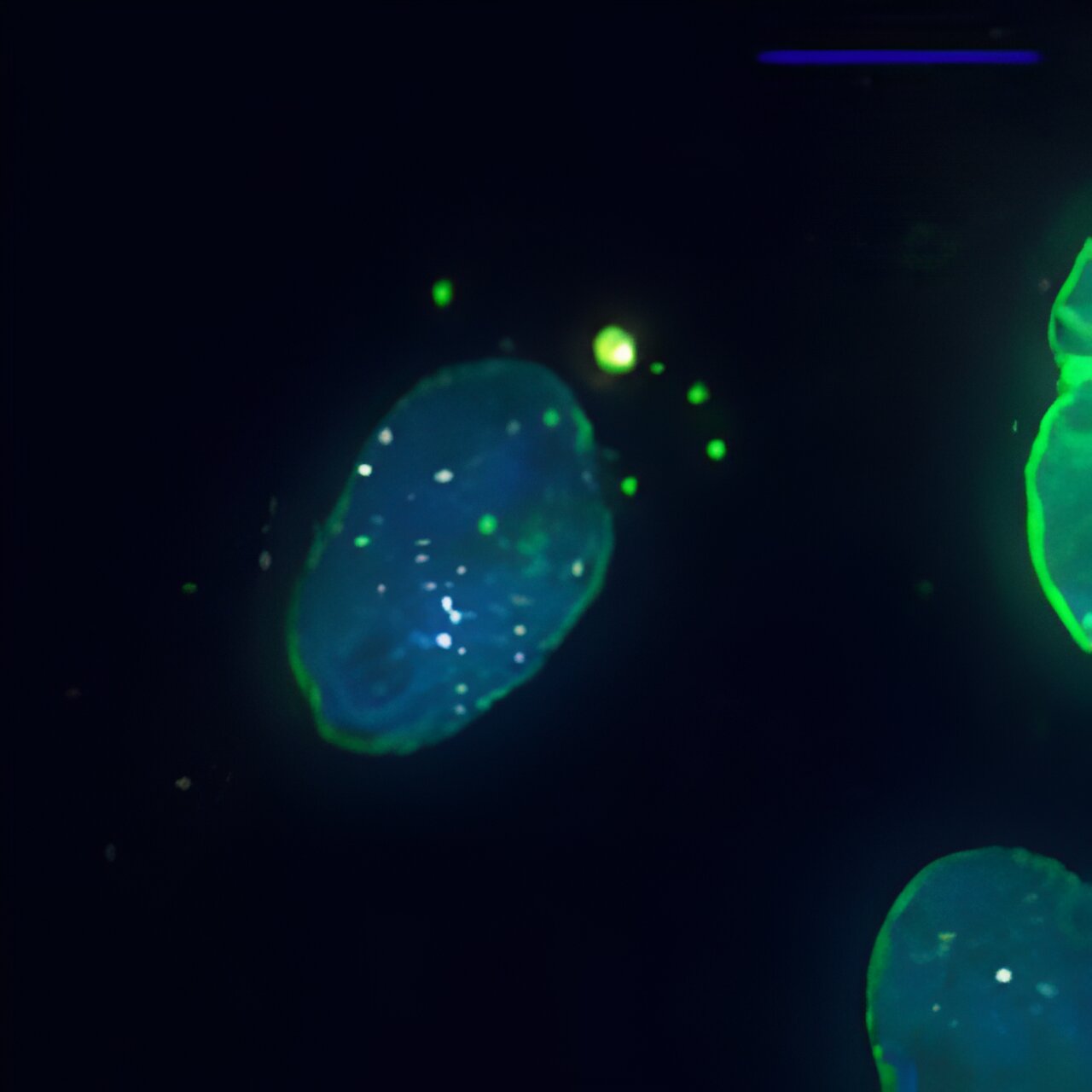Researchers at ETH Zurich recently identified a previously unknown compartment in mammalian cells. They have named it the exclusome. It is made up of DNA rings known as plasmids. The researchers have published details of their discovery in the journal Molecular Biology of the Cell.
The new compartment is in the cell plasma; it is previously uncharacterized in the literature. It is exceptional because eukaryotic cells (cells with nuclei) usually keep most of their DNA in the cell nucleus, where it is organized into chromosomes.
Some of the plasmids that end up in the exclusome originate from outside the cell, while others—known as telomeric rings—come from the capped ends of chromosomes, the telomeres.



Citing from the introduction of the original scientific paper: “Two main types of extrachromosomal DNA can be found in nearly all cell types. Endogenous extrachromosomal DNA encompasses circular DNA and linear DNA fragments excised from chromosomes. In contrast, extrachromosomal DNA of exogenous origin has been introduced into cells from the environment during viral or bacterial infections or during DNA transfection.”
Ah I see, so plasmids can be introduced by bacterial infections. I was wondering otherwise how would they end up in mammalian cells. Although it seems this structure is basically a dump for extra nuclear DNA, whether it’s self or other.